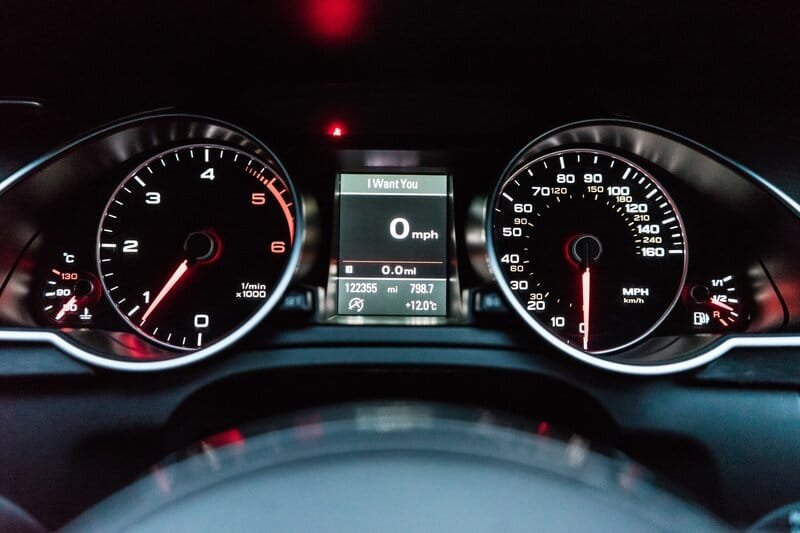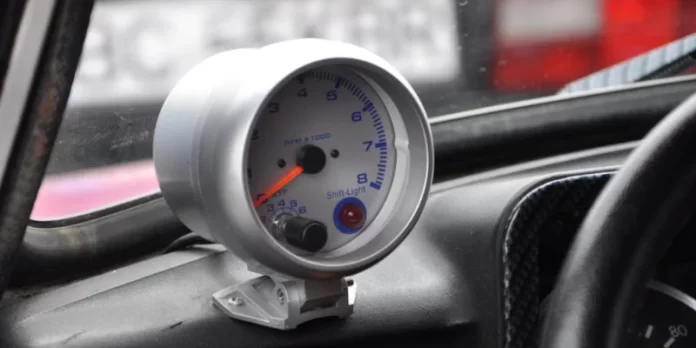Do you want to improve the performance of your turbo or supercharged vehicle? If you want, then installing a boost gauge can be a great change.
Boost gauges can read many engine voids and show the amount of pressure produced.
With a boost gauge, you can control the boost pressure produced by the turbo or supercharger. Usually, it is designed for the best convenience in the amount of boost pressure.
So, install a boost gauge to keep the components within the correct power range and create the best performance in your vehicle.
The process of installing a digital boost gauge or manual boost gauge is similar. Here’s how to install a boost gauge on your vehicle.

How to Install a Boost Gauge Properly on Your Cars
Necessary Materials
First, you need to buy a boost gauge to start the process. You will also need a Jakto knife, splicers, a coat hanger, electrical tape, a vacuum hose, and a socket. You will need to collect the materials to complete the process.
Vacuum Port
Attach the dashboard mounting panel to the correct location for easy viewing while operating the vehicle. Generally, there is no sensor to install the manual gauge.
So you should tie a nylon line in the vacuum port. On the other hand, there will be a remote sensor to install the electronic gauge. As a result, you have to enter the port instead of the nylon line.
It must be mounted away from engine heat. Then cut the vacuum line and divide the vacuum line by tie. Your boost gauge line will enter the tie.
Operate the Hose
The vacuum hose should be kept close to the driver. Slide it to the steering column next to the firewall driver.
Now cut a hole to enter the line in the paddle assembly using the knife. Make sure holes are not too close to paddles, steering columns, or other objects. That will protect it from breaking or kicking.
Also, you can run it with the wind blowing. As a result, it will not get as much heat from the engine and turbo.
Join the Hose
Now attach the hose to the boost gauge. In the case of an electronic boost gauge, the wire harness pressure has to connect to the solenoid. Then run the electronic connector into the cabin like a hose.

Connect the Wires
Connect to the boost system via existing vacuum hosting. Now remove the lower dash under the steering column. It usually involves removing four bolts. There may also be one more bolt on the back of the panel.
Remove the bolt and also remove the center column cover. Then search for a turbo timer harness or ignition harness.
Here the white wires lead to the light source, and the red wire is constant power. The black is the ground wire, and the orange is switched power.
Then carefully remove a portion of the insulation on the red wire with your stripping tool.
In addition to the turbo timer, you can test the light for power by turning off the ignition.
Now attach the orange wire to the green or blue wire in your turbo timer harness. You can tie the blue wire in the ignition column.
Light connection You can light the lights with a white wire. For this, look for a running cable with a rocker panel under the carpet next to the driver. The tail light wire will be green with white stripes and dashes.
Here is a video about how to install a boost gauge properly.



